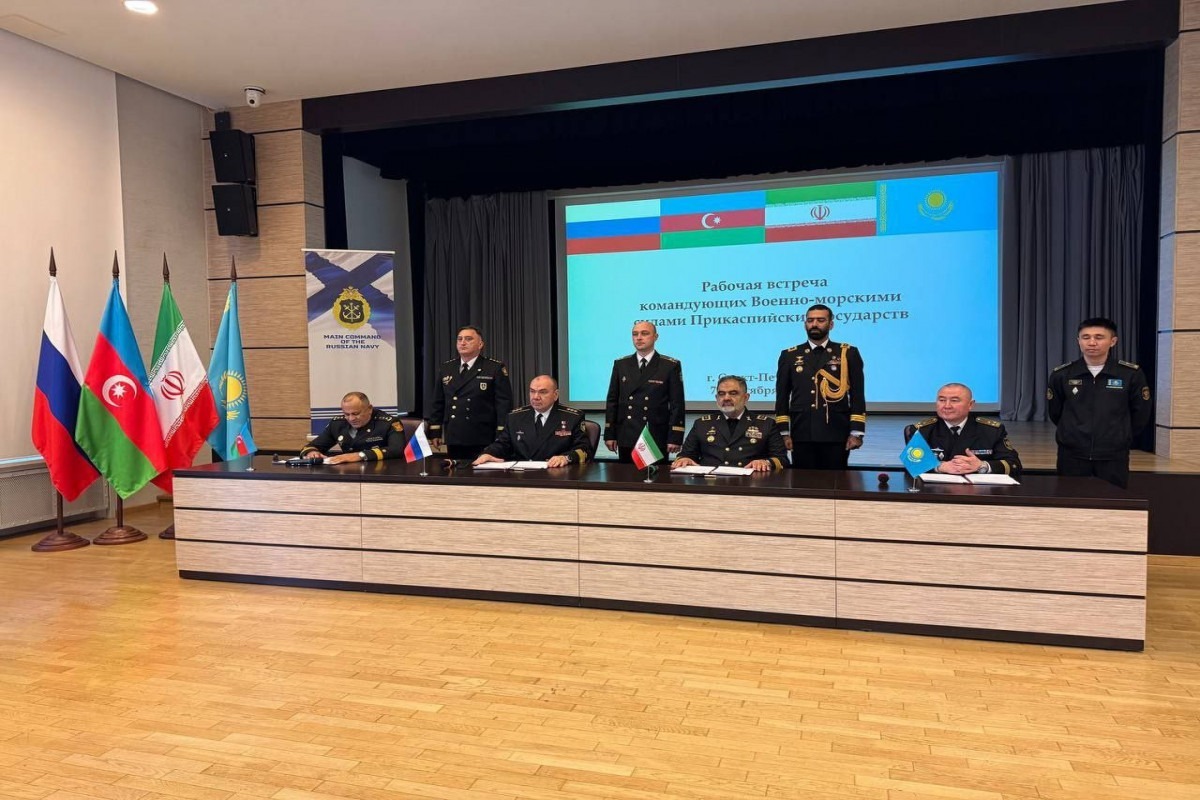
Kadyrov Pushing for Highway From Chechnya Into Georgia’s Pankisi Gorge
Kadyrov Pushing for Highway From Chechnya Into Georgia’s Pankisi Gorge
Three factors have come together to explain Chechen leader Ramzan Kadyrov’s renewal of older Russian plans for the reconstruction of a highway from Chechnya into Georgia’s Pankisi Gorge (Kavkazsky Uzel, Fortanga.org, February 10): Kadyrov’s own desire to show himself as the defender of Chechens living there, Moscow’s interest in gaining more leverage over Tbilisi, and the combined desire of Grozny and Moscow to be in a position to intervene militarily against anti-Kadyrov and anti-Moscow Chechens in that Georgian region. Despite this push, however, the forces arrayed against such a highway, including both the Georgian government and the anti-Kadyrov Chechens in the Pankisi Gorge, make it unlikely that the project will extend beyond the Chechen border with Georgia. Nonetheless, even a partial realization of these plans will give both Grozny and Moscow greater freedom of action inside Georgia than they have now. Whether or not this proposed old/new highway crosses the border, it would allow Chechnya and/or Russia to deploy forces quickly up to the Chechen side of the frontier and potentially to engage in subversion on the Georgian side.
As Chechen expert Mairbek Vatchagaev pointed out four years ago, talk about building—or more precisely “rebuilding”—roads across the North Caucasus ridge has long been a feature of post-Soviet Russian thinking. Before the arrival of Russian forces in the 19th century, there were numerous roads linking north and south, but the Russian authorities closed them down, leaving only the Georgian Military Highway in place. St. Petersburg and then Moscow did so to block the spread of socio-political and other types of influence in both directions (see EDM, October 2, 2014). But after the disintegration of the Soviet Union and the emergence of independent countries south of the Russian Federation’s border, Moscow reconsidered because it viewed the establishment of such highways as a means of maintaining or promoting Russian influence to the south.
After Vladimir Putin visited Dagestan in February 2008, Vatchagaev notes, “people openly started talking about the need to build—or more accurately rebuild—the historical road from Dagestan to Georgia.” In advance of the Russian invasion of Georgia, Moscow had a clear interest in such a highway since it would allow it to more easily dispatch military equipment across the North Caucasus ridge. But the August 2008 war intervened, the Russian base in Dagestan later closed, and all talk about a highway stopped until 2014, when Ramazan Abdulatipov, then head of Dagestan, revived it—this time in the name of promoting economic cooperation between his republic and Georgia. However, both in 2008 and 2014, the Georgian government viewed such a project as a security threat; and the road construction project stalled (see EDM, October 2, 2014).
Since the end of 2018, however, Chechnya’s Kadyrov has taken up the cudgels for a similar project, both for his own reasons and on behalf of Moscow’s. In December, he called for the construction of such a highway to boost ties between Chechnya and ethnic Chechens living beyond the republic’s borders. Kadyrov has been pursuing such a goal with regard to Chechen communities in a number of neighboring areas, most importantly, the Russian North Caucasus republics of Dagestan and Ingushetia. While some Chechens outside Chechnya welcome Kadyrov’s approach, many of the Chechens in the Pankisi Gorge do not. On the one hand, more than 7,000 of them are members of Kistantsy sub-ethnos and see themselves as distinct from “Kadyrov’s” (Chechnya Republic) Chechens; and on the other hand, there are numerous anti-Kadyrov Chechens in Pankisi who fled from their homeland after Moscow defeated the Chechen opposition in the second Chechen war (Kavkazsky Uzel, July 23, 2010). Moreover, the Georgian government remains opposed because of fears that Moscow is behind this Chechen initiative and will use it to subvert Tbilisi’s control of that region (Kavkazsky Uzel, December 5, 2018).
Nonetheless, it appears likely that a road up to the Georgian border will be completed in the coming months. Kadyrov needs it to boost his popularity at home and to be better able to combat the anti-Grozny Chechens in Georgia—and perhaps even in the expectation that he could annex the Pankisi district if Georgia at some point in the future were to collapse. Moscow wants it, in part, to show its support for Kadyrov, especially after it turned down his request for a high-speed rail connection between Grozny and Russian proper (Kavkazsky Uzel, June 26, 2018). Moreover, according to experts in the region surveyed by the Kavkaz Uzel news agency, Moscow desires such a road to be in a better position to intervene militarily in the unsettled Pankisi Gorge as well as to be able to exert greater influence and even threaten Tbilisi. That is especially likely, they said, because most of the road up to the border has already been built (Kavkazsky Uzel, Fortanga.org, February 10, 2019).
In other words, Russia, together with Kadyrov, wants to be in a position to threaten Georgia and force Tbilisi to turn back to Moscow and away from the West—and failing that, to step up subversive activities in the Pankisi Gorge. At present, the Kremlin can plausibly, in the eyes of many, claim that any problems there are the result of the activities of anti-Moscow Chechens, “Islamists,” or the Georgian security services. Consequently, the Russian side will continue to view the completion of such a road to Pankisi as a means to weaken Georgia as well as to remind the West of its capacity to do so.


